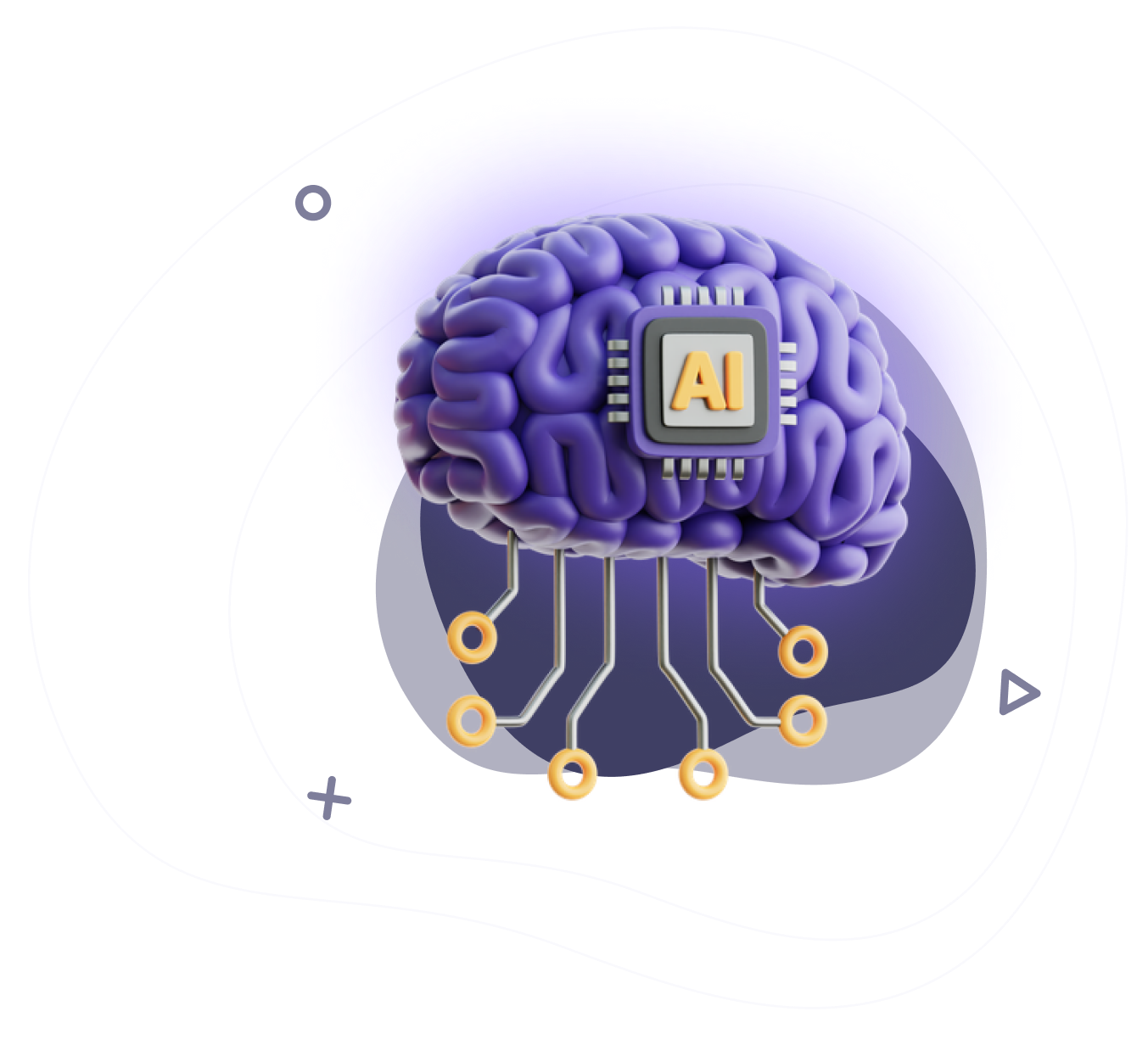RAG as a service
You may be considering leveraging large language models to improve your applications and services. Retrieval augmented generation presents an opportunity to tap into the new pool of knowledge while maintaining control over outputs. Whether you are looking to improve search, summarize documents, answer questions, or generate content, RAG as a service can help you get advanced AI while retaining oversight.
























